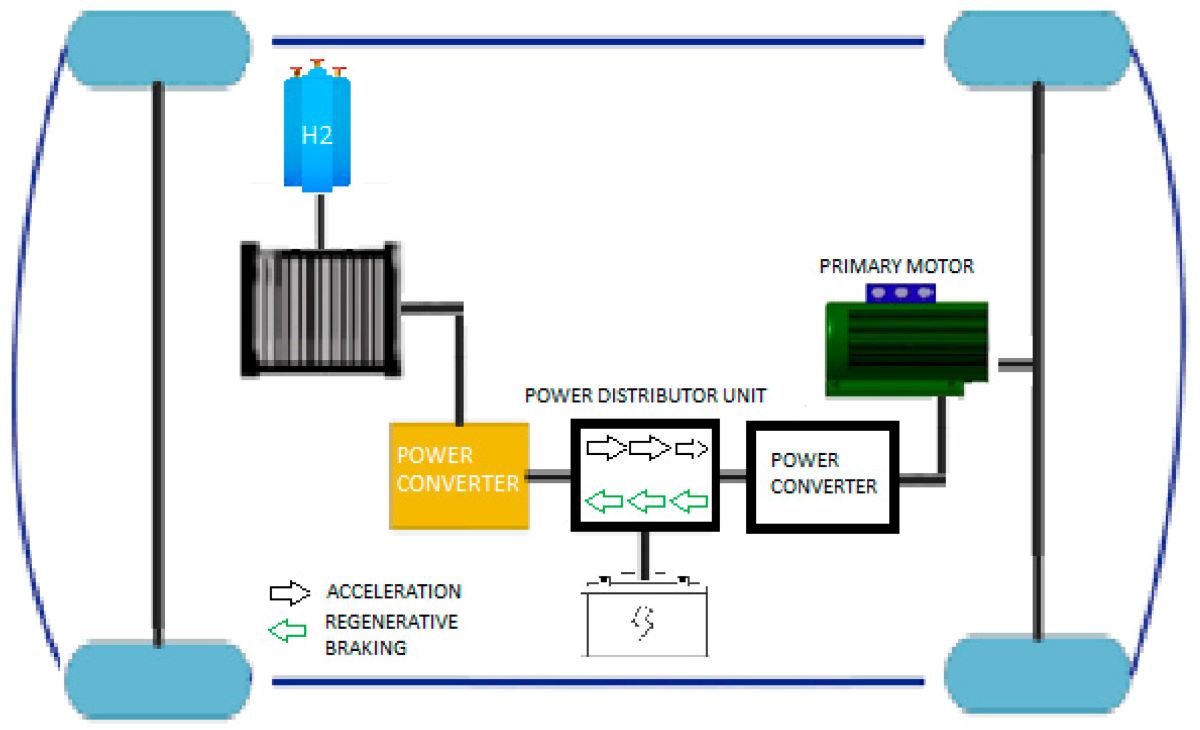Hydrogen fuel cells have long been hindered by inefficiency and durability issues, but Chicago-based startup Celadyne is poised to change that. The company has developed a groundbreaking nanoparticle coating that has the potential to transform the hydrogen production industry.
Key Takeaway
Celadyne’s nanoparticle coating technology has the potential to revolutionize the efficiency and cost-effectiveness of hydrogen fuel cells, addressing critical challenges in the industry and paving the way for widespread adoption of hydrogen as a clean energy source.
Celadyne’s Breakthrough
Celadyne’s nanoparticle coating, when applied to existing fuel cell and electrolyzer membranes, could enhance the durability of fuel cell designs and boost hydrogen production efficiency by an impressive 15% to 20%. This innovation has garnered significant attention, leading to a recent $4.5 million seed round of funding.
Addressing the Demand-Supply Dilemma
Founder and CEO Gary Ong emphasized the importance of addressing both the demand and supply sides of the hydrogen market. Celadyne’s technology aims to facilitate industrial decarbonization by tackling the efficiency and durability challenges associated with hydrogen fuel cells and electrolyzers.
Nanoparticle Coating Advantages
Traditional proton-exchange membranes (PEMs) face the risk of hydrogen crossover, which compromises the durability of fuel cells and poses safety concerns in electrolyzers. Celadyne’s technology enables the use of thinner membranes by coating them with a crystalline metal oxide, such as titanium oxide. This breakthrough not only enhances efficiency but also reduces production costs, making hydrogen more competitive with fossil fuels.
Market Expansion and Future Plans
Celadyne is actively engaging with automotive companies and has already initiated validation processes for its membrane materials. Additionally, the startup has secured a partnership with a grid partner in the Northeast for an electrolyzer project. The company’s strategic approach involves selling membrane materials to automotive and trucking companies initially, with plans to scale up production and target utilities and oil and gas companies in the future.

























